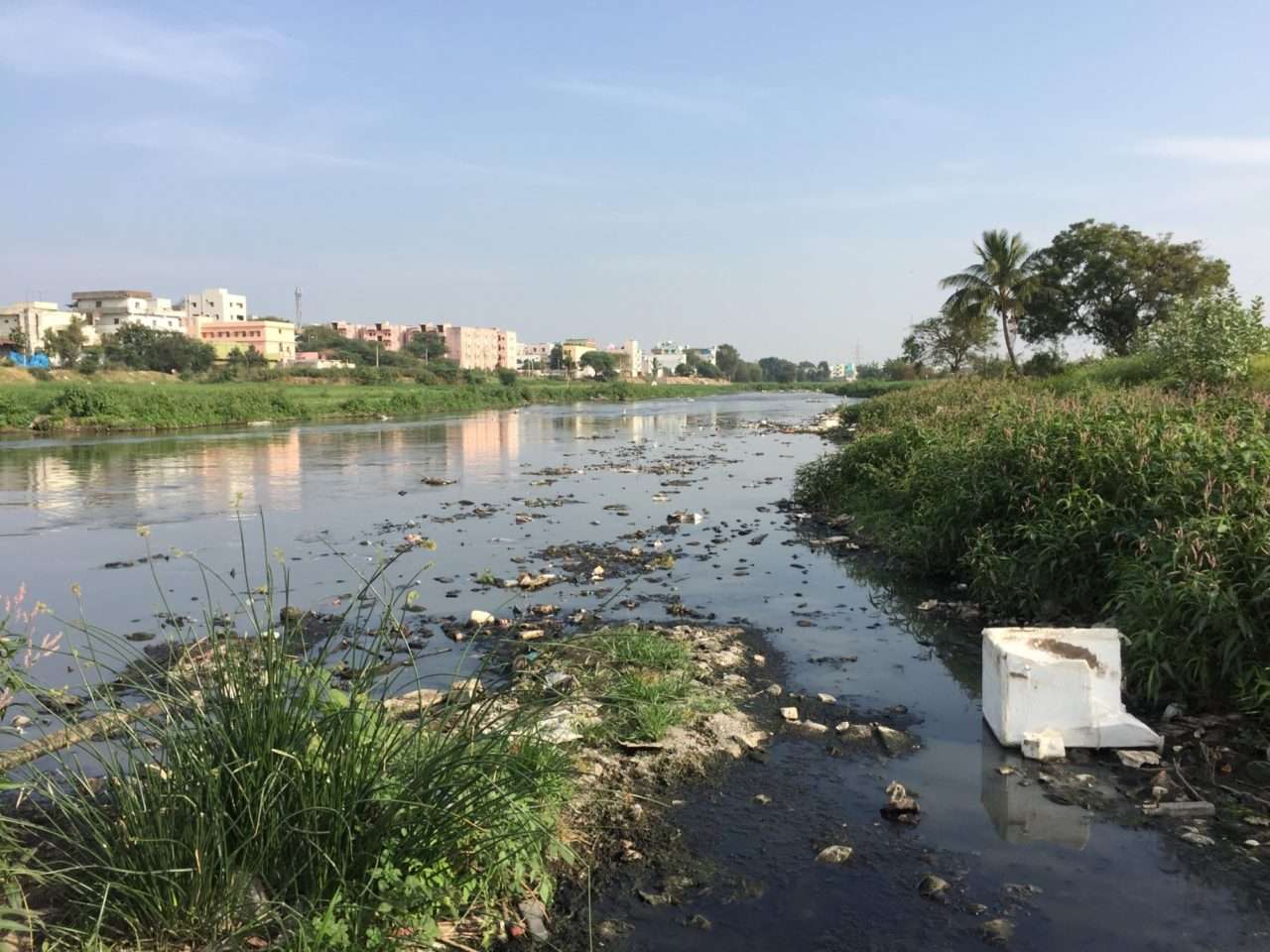What is an environmental impact assessment?
Gathering information, the environment
There are three reasons for performing an assessment of the environment:
Monitoring adverse environmental change
Predicting adverse environmental change
Preventing adverse environmental change
There is a need to ascertain the state of the environment at a particular moment, as this will form the baseline study. Assessments will be compared to this initial assessment to find out how the environment has changed.
Regular assessments thereafter will monitor the state of the environment. Action can then be taken, if there is a risk from any adverse change. This should prevent permanent environmental damage.
Some tools are described below:
Predictive and monitoring tools
The difference between predictive and monitoring tools is explained. An environmental health assessment may be used to predict what impact an activity may have on the environment, or to prevent negative impacts on the environment. The reason for the assessment chosen will determine which assessment tool to use.
Basic Assessment Report
The Basic Assessment Report will enable the authorities to reach a decision regarding the application for a development project. They may request a full assessment if they are unable to decided. If the applicant feels that the authorities may not be able to decide, he/she can skip the basic assessment and request a full environmental health assessment instead.
Environmental Health Assessment
An Environmental Assessment may reveal sound environmental, social or economic reasons for shifting a project’s direction. At the heart of environmental health assessment, and indeed the entire debate over sustainable development, is the question of how much environmental impact should be tolerated. However, suitability must also be understood from the perspective of economic and social well being. For example, community members with divergent interests may have conflicting perceptions of sustainability.
Changes in patterns of resource consumption affect people in different ways. An impact that is viewed as equitable and sustainable by one group may not be by another. For example, dam and irrigation projects which benefit some by boosting food production, may hurt others by flooding valued natural resources. The dissension arising from such differences can threaten a project’s success.
Community participation
The benefits to local communities from taking part in environmental health assessments include:
A healthier local environment - forests, water sources, agriculture potential, recreational potential, aesthetic values, and clean living in urban areas.
Improved human health.
Maintenance of biodiversity.
Decreased resource use.
Fewer conflicts over natural resource use.
Increased community skills, knowledge and pride.
Given its sensitivity to the social and economic as well as environmental impacts of projects, the environmental health assessment process can be used in a project to accomplish many different objectives. Recognise it as a tool to enhance the decision-making process.
What and environmental impact assessment is
An Environmental Impact Assessment (EIA) is a thorough assessment of the possible impact, positive or negative, that a proposed project may have on the natural environment. The purpose of the assessment is to ensure that decision makers consider environmental impacts to decide whether to proceed with the project. As such, it serves a predictive tool.
What is monitoring?
Monitoring is the regular gathering and analysing of information needed for your day-to-day management, to inform your decision making and to evaluate your progress in achieving you planned outcomes over a given period. Without good record keeping and monitoring, it is difficult for a producer to have proof that they are making improvement in production or environmental management.
Monitoring Environmental Impacts
Monitoring environmental impact gives project managers and communities critical information on project performance and should be given the same attention as social or economic monitoring.
The monitoring environmental impacts can be built into the overall project monitoring process. To assess the effectiveness of environmental monitoring, two basic questions should be answered:
Do the various measures proposed for dealing with impacts seem to be having the desired effect?
Does the project or programme appear to be having any significant environmental impacts other than those anticipated during the design phase?
Not only can monitoring and evaluation be used to appraise environmental impact, it can also examine the community’s participation in the process.
Commonly used environmental impact assessment tools
Questionnaire checklists
Threshold of Concern (TOC) checklists
Network Analyses
Matrices
Are two dimensional tables which facilitate the identification of impacts arising from the interaction between project activities and specific environmental components. A matrix visually describes the relationship between two sets of factors. It allows these two sets of factors to be expanded or contracted to meet needs of the proposal being assessed.
4-Map Overlays (Overlay Maps)
Overlay Maps are an effective visual aid. As such these are useful as documentation of environmental conditions existing before project implementation, during various implementation phases, and after final implementation scenarios.
The overlay method is effective in considering:
Sensitive lands, requiring protection from human activity (shorelines, wetlands, etc.)
Hazard lands, requiring protection from the environment floodplains, unstable slopes, volcanic slopes, etc.)
Renewable resource areas, where the environment needs to be protected from human activities (aquifer recharge zones, fish and wildlife habitat, etc.)
Cultural heritage (areas of scientific / educational value, historical, architectural resources)
This overlay method may describe both biophysical and social aspects of area under study.
In the past, manual overlay techniques have been applied and continue to be used for analyzing small projects. For large projects, geographic information systems (GIS) are currently favoured.
Seven key areas that are required in an environmental impact assessment
Description of the project and site description
- Break the project down into its key components, i.e. construction, operations, decommissioning.
- For each component, list all the sources of environmental disturbance.
- For each component, all the inputs and outputs must be listed, for example, air pollution, noise, and hydrology.
Alternatives that have been considered
- Examine alternatives that have been considered.
- Example: In a coal-fired power station, will the coal be sourced locally or nationally?
Description of the environment
List of all aspects of the environment that may be affected by the development for example fauna, flora, air, soil, water, humans, landscape, cultural heritage.
Description of the significant effects on the environment
The word significant is crucial here, as the definition can vary. ‘Significant’’ needs to be defined for example in a wind farm development, a significant impact may be collisions with birds.
Mitigation
This is where an environmental impact assessment is most useful. Using this information, ways to avoid negative impacts should be developed. Work with the developer with this section as they know the project best. Using the wind farm example again, construction could be out of bird nesting seasons.
Non-technical summary environmental impact assessment
- The environmental impact assessment will be in the public domain and be used in the decision-making process
- It is important that the information is made available to the public
- This section is a summary that does not include jargon or complicated diagrams
- It should be understood by the informed lay-person
Lack of know-how / technical difficulties
- This section is to advise any areas of weakness in knowledge
- It can be used to focus areas of future research
- Some developers see the environmental impact assessment as a starting block for good environmental management
Environmental site assessment phase I, II and III
Items in a Phase I Environmental Site Assessment can include visual inspections or records reviews review searches for:
- Asbestos containing building materials
- Lead-based paint
- Lead in drinking water
- Mould
- Wetlands
- Threatened and endangered species
- Earthquake hazard
- Vapour intrusion
There are several other report types:
Phase I
Environmental Site Assessment is an investigation which collects original samples of soil, groundwater or building materials to analyse for quantitative values of various contaminants. This investigation is normally undertaken when a Phase/ESA determines a likelihood of site contamination. The most frequent substances tested are petroleum hydrocarbons, heavy metals, pesticides, solvents, asbestos and mould.
Phase II
Environmental Site Assessment is an investigation involving remediation of a site. Phase II investigations aim to delineate the physical extent of contamination based on recommendations made in Phase II assessments.
Phase III
Investigations may involve intensive testing, sampling, and monitoring, and the design of remediation and remedial plans. This study normally involves assessment of alternative cleanup methods, costs and logistics. The associated reportage details the steps taken to perform site cleanup and the follow-up monitoring for residual contaminants.
What is an environmental impact design?
Environmental impact design is concerned with modifications to the design of development projects to achieve positive impact. Examples of positive impacts include:
- Habitat creation as a result of afforestation projects
- Coastal management projects which contribute to ecological and recreational Objectives
- Flood-defence projects which create green ways
- Public open space projects which contribute to surface water management Objectives.
Three ways in which impacts on the environment can be addressed:
Preventative measures, which address the cause of the degradation of the environment. The threat is prevented before it becomes a problem, like contour ploughing to prevent soil erosion.
Corrective measures, which stop the process of the degradation of the environment. The potential hazard is addressed before it becomes a problem, like grading access roads when signs of erosion appear.
Remedial measures, which address the existing negative impact on the environment. The severity of the threat is halted and the environment returned to its original state, like filling gullies (dongas) and rehabilitating the area, by planting indigenous plants which will bind the soil and prevent it being washed or blown away.
What is an environmental impact assessment?
11th Feb
Posted date: 11th Feb 2019
Latest News - Risk Assessment - Occupational Health - Industries - Security Industry - Educational Services Industry - Food Drinks and Tobacco Industry - Wood and Upholstery Industry - Printing and Paper Industry - Chemical Rubber Oil and Paint Industry - Iron Steel Artificial Limbs Galvanizing Garages and Metals Industry - Trade and Commerce Industry - Banking and Insurance Industry - Airline Aviation Industry - Road Transport Hauliers Industry - Entertainment and Sport Industry - Professional Services Hospitality Industry - Charitable Religion Political and Trade Organisations Industry - Glass Brick Tiles and Concrete Industry 
Leave a comment